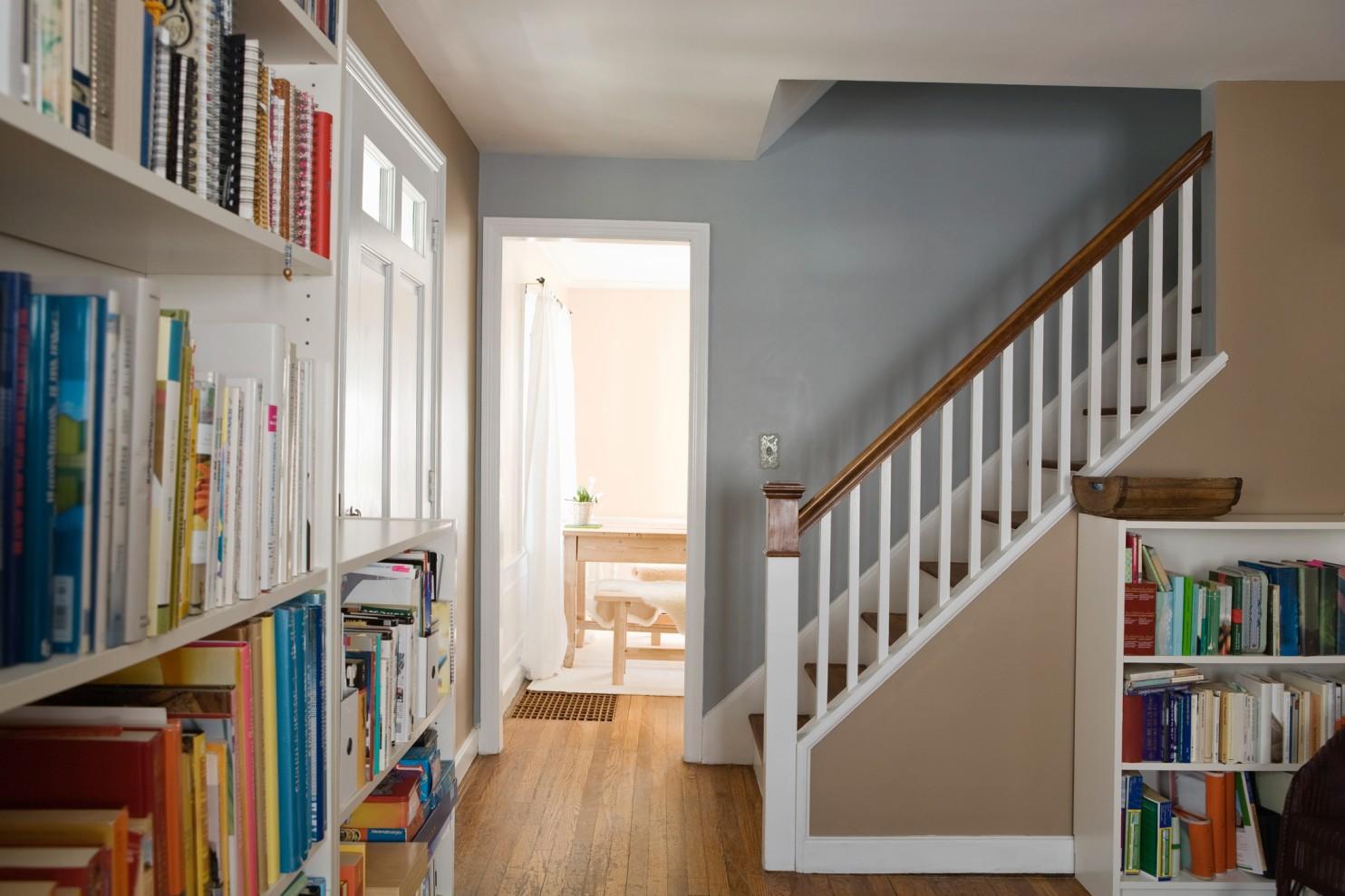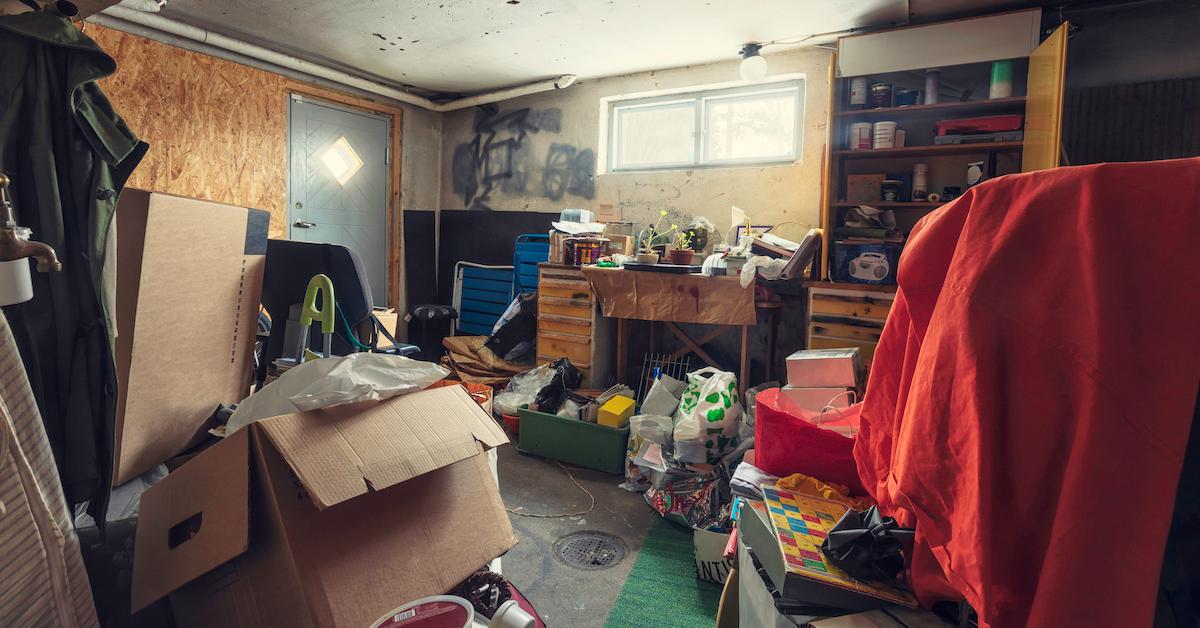Concerned a Loved One May Be Hoarding? How to Identify the 5 Stages
Published Feb. 1 2024, 5:07 p.m. ET

Anyone with mental health concerns for themselves and their loved ones should know that symptoms don't always necessarily present themselves identically from person to person, and hoarding behaviors are no different.
Hoarding disorder was added to the DSM-5 in 2013 and belongs in the obsessive-compulsive and related disorders class, per the American Psychiatric Association (APA).
If you are concerned that someone in your life is hoarding, seek professional help as immediately as is safely possible. The nonprofit Institute for Challenging Disorganization (ICD) created an assessment tool called the Clutter-Hoarding Scale to aid in recognizing hoarding symptoms, which is unaffiliated with the official diagnostic manual from the APA.
To help you identify common behavior patterns, and to support your own well-being and the health of others in your life that you suspect may be in need of help, learn more below about five of the most common levels of hoarding.

Level I of the Clutter-Hoarding Scale
As evident in the photo above, the first level of the ICD's Clutter-Hoarding Scale features no immediate and obvious safety concerns for residents in a home. All items in the home have a sensible space to be stored, exits and stairways are unobstructed, and general maintenance and upkeep is evident throughout the home.
In this stage, there is little or no cause for concern for the well-being of the residents or companion animals living in the home.
Level II of the Clutter-Hoarding Scale
As depicted in the above video from the Mayo Clinic, Level II of the Clutter-Hoarding Scale more closely resembles some depictions of hoarding behaviors in the media.
An entryway or exit in the home may be blocked, an appliance or two may not be working for longer than a reasonable amount of time, and there may be evidence from odors of food, mold, animal waste, or other signs that general upkeep of the home is failing.
Level III of the Clutter-Hoarding Scale
As networks like A&E highlight more extreme cases of hoarding, those are the situations more closely resembling Level III and above of the Clutter-Hoarding Scale. Per the APA, some hoarders engage in a specialized niche of behavior known as animal hoarding, in which someone keeps too many animals in dangerous or harmful conditions.
Per the ICD, Level III may be accompanied by items typically kept indoors overflowing outdoors, potentially hazardous materials present in the home, and one room or more not being utilized for its intended purpose as a living space.
Level IV of the Clutter-Hoarding Scale
At Level IV of the Clutter-Hoarding Scale, many of the symptoms of Level III are exceeded to even more dangerous and life-threatening proportions.
Excessive clutter is exaggerated to the point of broken and severely damaged necessities in the home, as well as toxic odors like ammonia and feces that haven't been properly disposed of, per the ICD. The failure to maintain pest control from the previous level has elevated to potential infestation of wildlife like bats and squirrels.

Level V of the Clutter-Hoarding Scale
At Level V of the Clutter-Hoarding Scale, major living areas of the home are entirely unusable, nearly all necessary appliances are broken or otherwise unusable, and electricity and heat may not be working.
Those living in these conditions, as well as any animals that may be present, are in danger and must be helped by professionals as immediately as possible. Full personal protective equipment for those responding to such a scene are not only recommended but required, per the ICD.
The realities of those experiencing hoarding disorder are potentially devastating, though not irreparable, and help is available. Brief overviews differentiating hoarding and collecting are available from reputable sources like the Anxiety & Depression Association of America.
Several assessments and interventions exist, per the International OCD Foundation, for professionals to support patients with the disorder, as well.